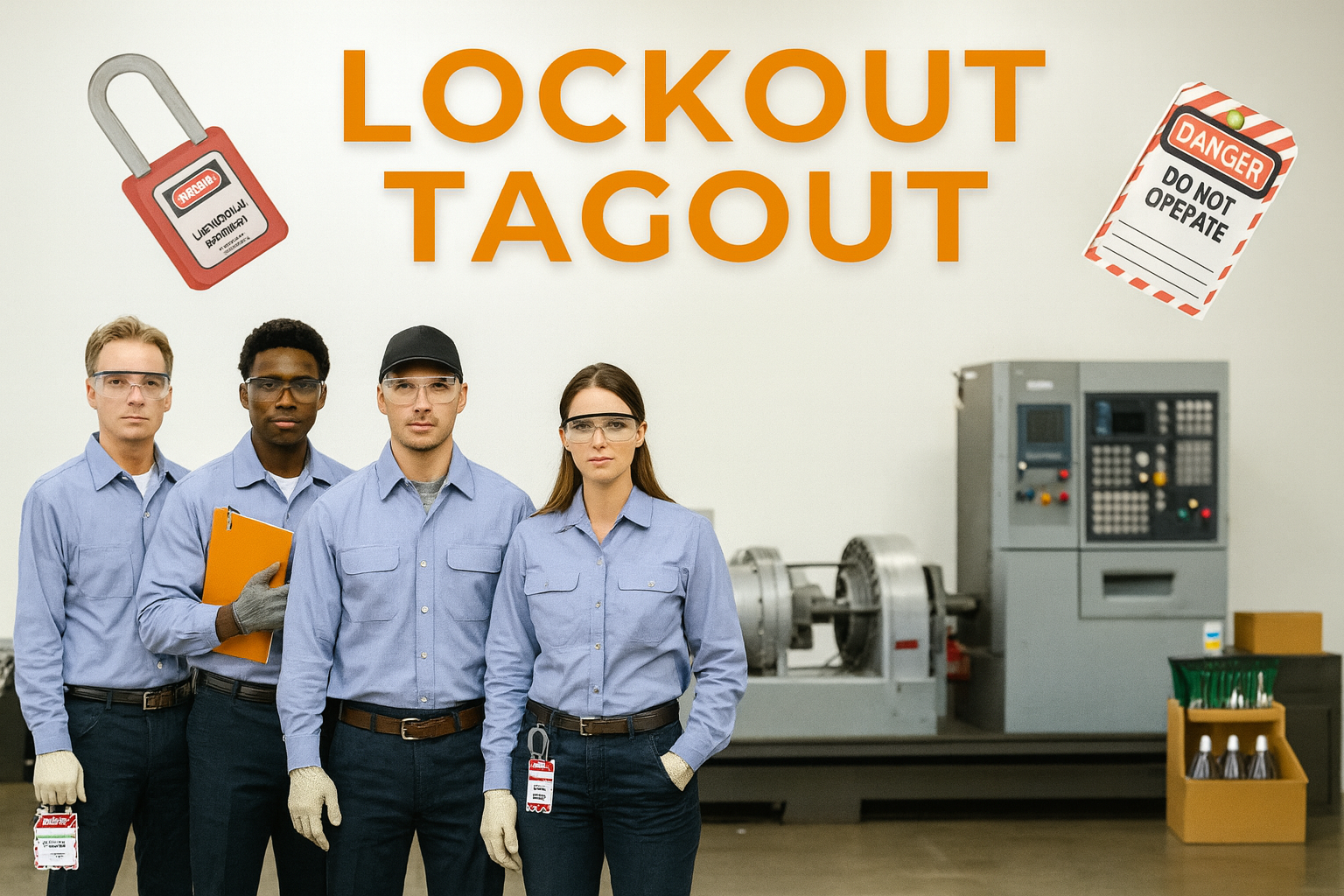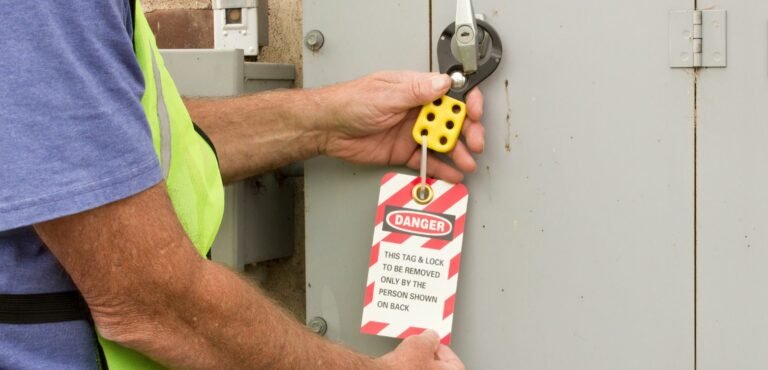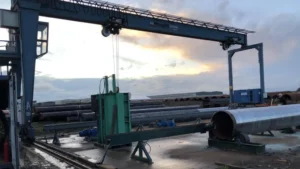Lockout Tagout Safety is one of the most important procedures for preventing electrical accidents in the mining industry. The Mine Safety and Health Administration (MSHA) is again reminding miners to take electrical work seriously and always ensure circuits are deenergised and secured with proper locks and tags before any work begins.
According to MSHA, since 2015 there have been 289 incidents of arc flashes or electrical shocks, resulting in 15 deaths. These tragedies highlight why Lockout Tagout Safety must never be ignored. Every circuit that remains energised during maintenance or repair poses a serious risk to life and equipment.
Why Lockout Tagout Safety Matters

Lockout Tagout Safety procedures protect miners from uncontrolled releases of hazardous energy. When equipment is powered off, locked, and tagged correctly, the risk of electric shock, arc blast, or fire reduces drastically. It’s not just a rule — it’s a habit that saves lives.
Many electrical injuries happen because workers assume a circuit is safe. But even one unnoticed live wire can cause severe burns or fatal shocks. That’s why MSHA continues to promote training and awareness about Lockout Tagout Safety across all mine sites.
5 Powerful Reminders for Lockout Tagout Safety
- Understand Electrical Hazards:
Before starting any work, know your surroundings. Study the equipment, identify energy sources, and assess potential hazards. A solid understanding forms the base of effective Lockout Tagout Safety. - Verify Before You Touch:
Never rely on assumptions. Use proper testing devices to confirm circuits are completely deenergised before touching any wire or panel. Verification is a key part of Lockout Tagout Safety. - Plan and Communicate Clearly:
Develop a detailed work plan that outlines each step and includes all team members. Clear communication ensures that everyone understands the Lockout Tagout Safety process from start to finish. - Use Proper PPE (NFPA 70E Compliant):
Personal protective equipment is essential. Wear arc-rated gloves, flame-resistant clothing, and safety shields to guard against shocks and arc flashes. PPE complements your Lockout Tagout Safety routine. - Follow Every Step Without Skipping:
Rushing can cost lives. Lock every switch, tag every circuit, and record every action. Proper Lockout Tagout Safety means every worker is protected, and every risk is controlled.
MSHA’s Key Message
MSHA’s latest safety alert urges mine operators to strengthen their Lockout Tagout Safety programmes. A single overlooked step — like failing to test voltage or removing locks too early — can cause fatal results. Supervisors and team leaders must ensure every employee follows procedure precisely, every single time.
The agency also encourages regular refresher training on Lockout Tagout Safety, so all miners remain confident in isolating energy sources and handling equipment safely.
Building a Culture of Electrical Safety
Beyond compliance, Lockout Tagout Safety is about creating a safety-first culture. It’s about accountability and awareness. When workers understand that every lock, tag, and checklist represents a life protected, the mindset of the whole team changes.
Electrical hazards are silent but deadly — and only consistent Lockout Tagout Safety practices can eliminate those hidden dangers. The goal is simple: zero electrical accidents and 100% safe returns home.
OSHAssociation’s Commitment to Safer Workplaces
Organisations like the Occupational Safety and Health Association (OSHAssociation) play a vital role in promoting workplace safety standards across industries, including mining. Through its global training programmes, professional certifications, and awareness campaigns, OSHAssociation helps individuals and companies strengthen their safety culture and comply with international best practices.
By collaborating with educational institutions, government bodies, and corporate partners, oshassociation.org continues to advocate for safe, healthy, and sustainable working environments worldwide. Their mission aligns with MSHA’s vision — to make every worksite free from preventable accidents and to ensure that every worker returns home unharmed.






